
Vocaloid 5 – Virtual Singers in Your Computer
Yamaha recently released the 5th version of their singing synthesizer software Vocaloid, this is the first update to the software in four years. Being that we love all things music tech we had to reach out and take the software for a ride, and it was incredible! First impressions blew us away and as we dove deeper our jaws stayed on the floor. Vocaloid 5 comes as and can be operated either as a standalone program or as an AU/VST plugin, for this review we ran the VST plugin with Ableton Live 10.
[su_divider top=”no” divider_color=”#d2d2d2″ size=”1″]
Major overhauls have been made to the workflow in order to improve efficiency for producers. Also, a wider range of singers has been added to the lineup to incorporate more diverse singing styles. The standard pack comes with four voices – Amy, Chris, Ken, and Kaori (we’ll go over those later), and the premium package comes with an additional four voicebanks – VY1, VY2, CYBER SONGMAN II, CYBER DIVA II (we only tinkered with the standard version so these voicebanks will not be featured in this article).
Right away it’s clear how to get started due to the interface looking so intuitive. You’ll be greeted by a zoomed out version of the Musical Editor which looks similar to an arrangement section found in most DAWs. There you can add audio tracks or more Vocaloid layers. Click on a Vocaloid layer and you’ll be taken to a zoomed in view where there are then essentially five sections for inputting pitch, lyrical data, controlling associated parameters and internal mixing.
The Musical Editor section is where you can draw in MIDI data for the singer’s melody. Double clicking on the notes will give you the ability to type in lyrics (you can also right click and select to open a dialog box to type into). There is a bit of a learning curve for getting the cadence of the singing just right but that varies depending on how wild you want to get with your lyrical delivery. While it isn’t immediately obvious how to split words up over notes the development team created a great system that is easy to pick up after using a few times. It’s impressive how intuitive it feels as you learn how to do it. Watch the short video below to learn how to input lyrics!
[su_youtube_advanced url=”https://youtu.be/cnKxzLkqDlM” showinfo=”no” rel=”no” modestbranding=”yes” https=”yes”] [/su_youtube_advanced]
If you don’t fancy yourself much of a lyricist then you’ll be pleased to find a bank of over 2,000 audio samples and phrases. These each come with their own Attack and Release settings so simply click and drag onto the arrangement!
Once you’ve input the MIDI notes and lyrics for your progression you’ll be able to adjust the tonal qualities of the singing. In the Voice tab, you can select the singer you want. Each voice has a unique timbre, Yamaha provided a handy guide we pasted below to provide some direction.
- Amy: Expressive English-language female voicebank, ideal for contemporary singing. The versatile voice boasts natural pronunciation and varied vocal tones, suited to genres from R&B to pop music.
- Chris: Authentic R&B English-language male voicebank. Capable of singing over a wide range from delicate, soft bass to powerful, sustained high tones.
- Kaori: Japanese-language female voicebank with a soulful vocal quality. Long vocal sustains make it perfect for powerful singing.
- Ken: Sharp, clear Japanese-language male voicebank, with a light vocal quality ideal for singing J-pop.
Once you’ve decided which you like you can start to shape their singing style in the next tab labeled Style.
The Style tab is where you can really get specific about the qualities of your singer’s voice. It works as a browser where you can choose options and narrow it down based on certain characteristics like Type of singing (lead, background, etc.), then the Color of their voice (bright, cute, chaos, lo-fi, whisper, etc.). Selecting options within those two browsers will then display a few options for presets that contain those characteristics.
If you go back to the Musical Editor you will find the ability to precisely shape your singer’s delivery and expression. Click on the Attack and Release parameters (buttons under the label ‘Control’) to bring up a section where you can choose Pitch, Dynamics, Tone, and Ornamentation of the beginning and end of each lyric. The emotion button (left-most button under ‘Control’) will adjust how much vibrato your singer inserts into each syllable. This section is the most tedious but honestly the most fun. The available controls for expression are addicting to work with and finetune. Vocaloid 5 is designed so you don’t have to put too much time into this feature but the more you do the more precise and nuanced your vocal performance will be.
The singing style you chose earlier may have audio effects activated for the preset, Vocaloid contains 11 internal effects units to further shape the tone and quality of your singer’s voice! Clicking the button in the upper right corner will take you to the mixer section where you can adjust levels, pan tracks, and insert/control audio effects.
The internal audio effects work well enough for getting your vocals to a basic professional level. They have somewhat limited parameters compared to dedicated third-party plugins but sound good despite their limitations. They’ll be most useful to people working with a limited number of their own third-party plugins. Further processing may be required.
Vocaloid 5 is one of the most impressive pieces of software we ever had the pleasure of reviewing. The vocal presets are amazing, to begin with. Once you take advantage of all the tonal and expressive controls available you’ll be able to craft a realistic vocal performance, it is entirely possible to have an upfront vocal lead entirely performed by this plugin. If you’re skeptical try it out. If you still aren’t convinced then perhaps you’ll find more utility in using Vocaloid for backup singers which when tucked into a mix easily fade into their harmonic roles and hold their own weight.
We barely tapped into the creative potential for this plugin, but what we explored was nothing short of amazing. The robotic and SFX style presets for the singers are really really cool and will work seamlessly for producers working in more electronic-leaning genres like hip-hop or any sort of dance music.
Maybe you’re a lead singer looking for some backup singers but what total creative control, maybe you’re not a singer and need something to lead your vocal melody along. Perhaps you are simply looking to create high-quality vocal chops for your song! Whatever your needs are Vocaloid 5 is versatile, and powerful enough to tackle them.
Vocaloid 5 may require some more time to understand its functions than other plugins but dedicating 10 minutes to the instructional videos found on this page will be worth it in the long run. The standard package is available for purchase now at $249 and the premium is available for $398. You can select which one you want at this page here.
[divider style=”clear”]



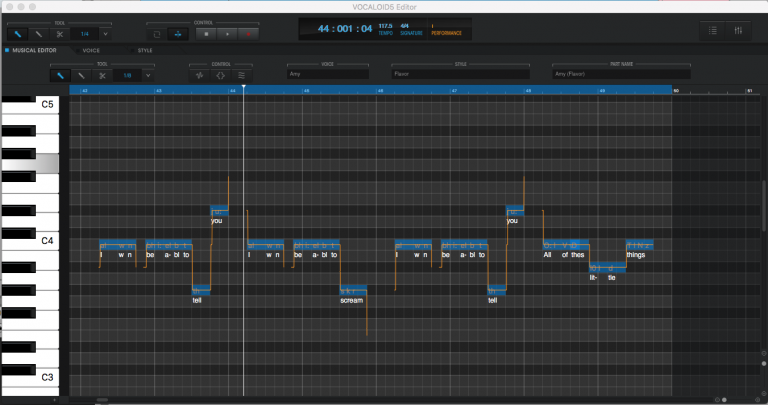

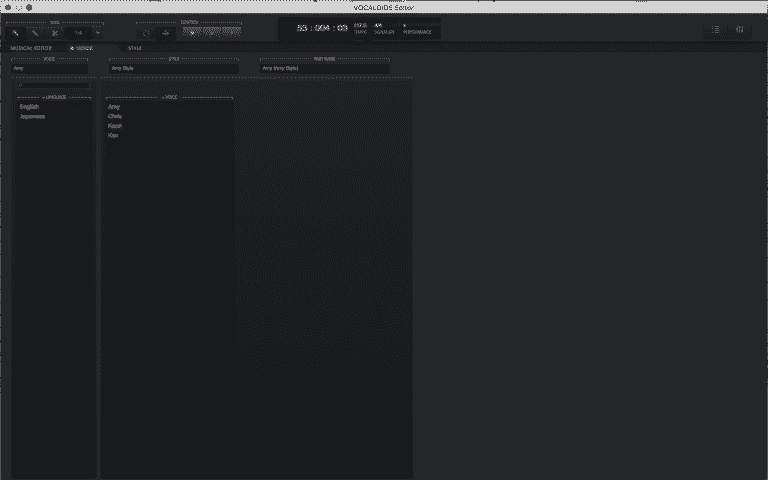

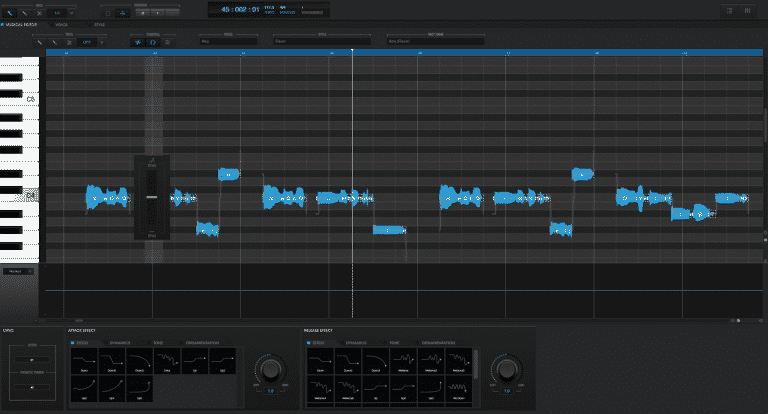
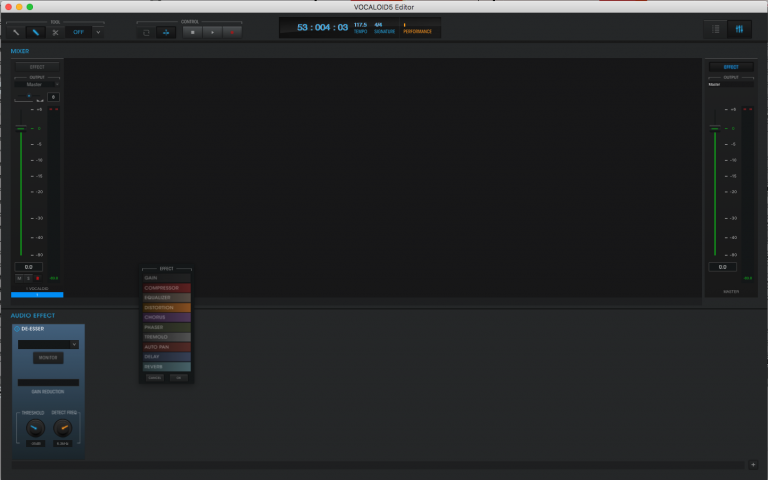
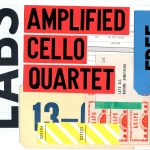

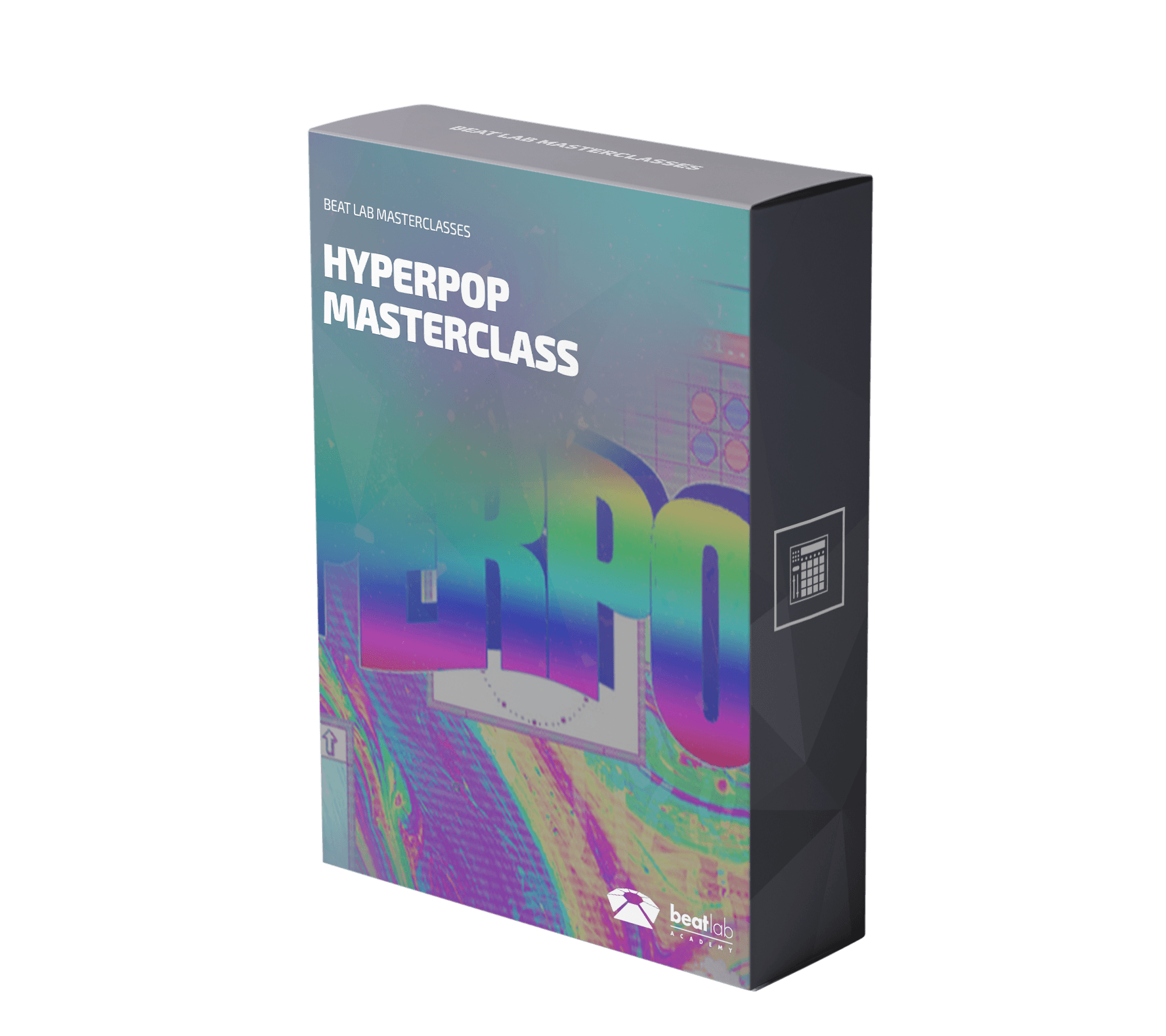



0 responses on "Vocaloid 5 - Virtual Singers in Your Computer"